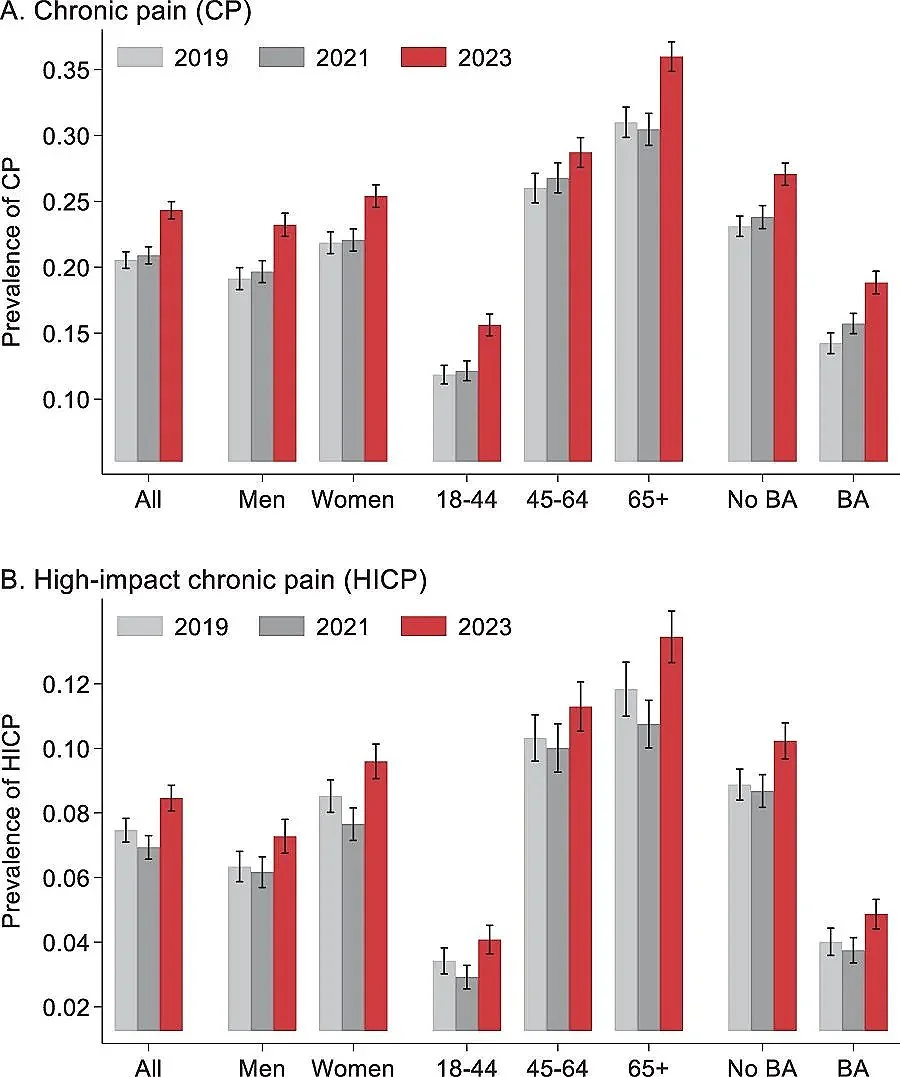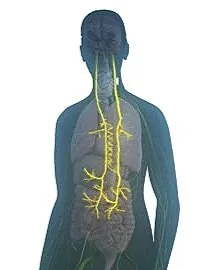By Dr. Lynn Webster
Somewhere between facts and social media, “woke” -- a perfectly good word for being awake to reality -- got transmogrified into a slur. If that alchemy puzzles you too, consider this brief field manual for the Anti-Alarm-Clock Caucus: a how-to on mistaking earplugs for policy and empathy for extremism.
Culture-war rhetoric chills evidence-based care and worsens outcomes. Let me explain what we should do instead.
If you’ve ever sat with someone who was in real pain, you know how brittle the anti-woke script sounds in exam rooms. Patient-centered conversation becomes suspect; motivational interviewing gets mocked as coddling; and a clinician trying to tailor a taper to a patient’s specific needs is accused of ideology.
The risk isn’t a bruised ego -- it’s disengagement. People clamp down, under-report substance use, skip follow-ups, and show up again only when they’re much sicker.
The irony is stark: even the critics who rail at “woke medicine” still rely on the public health infrastructure they deride when it’s time to manage the fallout.
Here’s the magic trick they perform: They rebrand attentiveness as excess and turn “be aware of harm” into “behold the woke mind virus.” Once they frame awareness as contagion, politicians can sell indignation like energy drinks. Any medical practice that looks like it’s noticing the individuality of a patient -- bias training, person-first language, or trauma-informed care -- gets dismissed as ideology, rather than craft.
Because they like to think of themselves as honorable, they follow a set of prescribed rules including:
Rule #1: Relabel Compassion as “Coercion”
When a clinic swaps “addict” for “person with a substance use disorder” because it reduces stigma and improves engagement, they accuse the “word police” of forcing the change in nomenclature. Opposing any sign of empathy requires less energy than reading the literature and seems far more satisfying than measuring outcomes.
If they made the effort, they would know that the National Institute on Drug Abuse (NIDA) advises using person‑first, non‑stigmatizing language -- e.g., “person with a substance use disorder” rather than “addict” -- to reduce bias in clinical care.
In fact, in the International Journal of Drug Policy, John Kelly and Cassandra Westerhoff reported that the term “substance abuser” prompts more punitive judgments against the patient, even when trained mental health professionals are involved.
Rule #2: Recode Lifesaving Tools as Culture War
Naloxone, syringe services, and overdose prevention centers are tedious in one way: they work. So, label them “woke enabling” and starve them of funding. It saves leaders from saying the quiet part out loud -- “I oppose what works” -- while ensuring the body count stays offstage.
The CDC reports that Syringe Services Programs (SSPs) are “safe, effective, and cost-saving” and “do not increase illegal drug use or crime.” Access to and disposal of sterile syringes that won’t be reused is associated with a 50% reduction in HIV/HCV incidence. The reduction exceeds two‑thirds when combined with medications for OUD. HHS adds that harm reduction is “critical to keeping people who use drugs alive.”
In Massachusetts, communities implementing overdose education and nasal naloxone distribution (OEND) programs saw a 27% lower opioid overdose death rate at modest program scale and a 46% lower death rate at higher scale compared to communities without OEND.
Rule #3: Flatten Complexity Into Blame
Fentanyl potency, housing collapse, and workforce shortages are complex, unglamorous problems. “Woke drug policy failed” fits easier on a bumper sticker.
When Oregon struggled amid a fentanyl wave, the vibe merchants -- outrage marketers who sell mood over evidence -- declared drug decriminalization to be the villain.
But nuance seldom survives a fact check. The best evidence to date is that Oregon’s decriminalization of small amounts of drugs in 2020 was not associated with an increase in fatal overdoses after accounting for fentanyl’s spread. Oregon later recriminalized possession in 2024, even though state health officials reported a 22% decrease in overdose deaths in the prior year.
On the street, cruel rhetoric cues policy. Call overdose prevention centers “ideological” and it becomes simpler to shutter them than to count the lives they save. Smear syringe services as permissive, and you can cut programs that prevent HIV and hepatitis C, while claiming fiscal prudence.
Mock “harm-reduction spending” and you can bury the line item without ever debating the outcomes. From 2019 to 2022, New York City’s Opioid Prevention Centers (OPCs) resulted in no significant increases in violent or property crime, 911 calls, or 311 calls for drug use after opening.
Similarly, Vancouver, Canada reported a 35% reduction in overdose mortality rates after the opening of North America’s first supervised injecting facility.
Inside healthcare systems, the anti-woke script causes harm. Clinicians already practicing under surveillance and time pressures learn to avoid nuance with patients, resulting in less motivational interviewing, fewer shared decisions, and more default suspicion. The clinical vocabulary hardens, and patients pick up on it the way they would the weather.
When language gets sharper, so do consequences -- patients disclose less, absorb less, and leave treatment sooner. NIDA’s guidance exists precisely to counter those effects.
The Anti-Theatrical Fix: What Actually Works
The fix is simple. The antidote to anti-woke drama is being awake.
Call things what they are: naloxone reverses overdoses, syringe programs prevent infections, and supervised drug consumption reduces death and connects people to care. That’s not a worldview, it’s reality.
Use words that keep doors open instead of closing them. Person-first language is stigma hygiene, not a lifestyle brand. Judge policies by outcomes and timelines rather than outrage cycles. If the curve bends where capacity expands and supply is stabilized, then fund capacity and stabilize supply.
Retire spin peddlers as culture-war props. Federal judges noted that an anti-woke law in Florida crossed constitutional lines, ruling that “viewpoint discrimination is inherent in the design and structure of this Act.”
We could even try a fascinating (or, perhaps, boring to some) experiment in courage: let leaders earn applause for actions that quietly work, instead of things that loudly sting. Pay clinicians for patient-reported function, not for performing moral panic. Reward programs that shrink infections and deaths, not those that inflate arrest numbers. And when someone tries to sell you an anti-woke policy branded as “toughness,” ask to see the data, the denominator, and the deaths averted.
If you need a slogan, Gov. Ron DeSantis already gave you one and it just proves the point: “We will never surrender to the woke mob. Florida is where woke goes to die.”
None of this requires everyone to be “woke” or to join a mob. It requires us to be awake. The linguistic jujitsu that turned woke into a boo-word lets leaders score easy points, while patients lose hard chances.
You can see the toll in the quiet statistics, but you can also hear it in the voices that don’t come back, including the patient who won’t return after being called an unkind name; the parent who stops carrying naloxone because a lawmaker sneered at “harm-reduction spending”; and the person who overdoses in a locked bathroom because a supervised site was branded as “ideology.”
Be awake to patients and outcomes; let data, not drama, guide healthcare.
Lynn R. Webster, MD, is a pain and addiction medicine specialist and serves as Executive Vice President of Scientific Affairs at Dr. Vince Clinical Research, where he consults with pharmaceutical companies. He is the author of the forthcoming book, “Deconstructing Toxic Narratives–Data, Disparities, and a New Path Forward in the Opioid Crisis,” to be published by Springer Nature. Dr. Webster is not a member of any political or religious organization.





